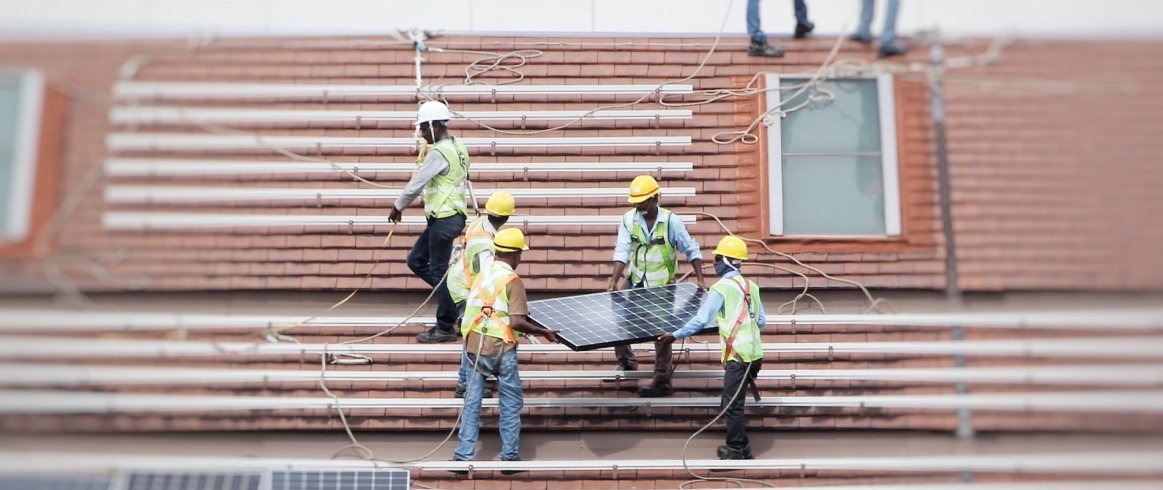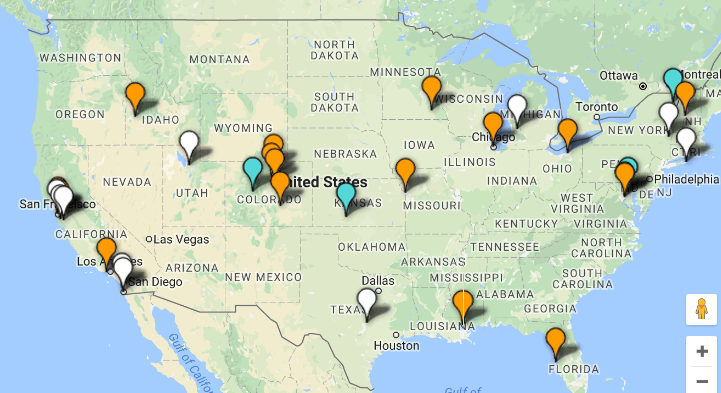
All across the United States, cities and states are taking significant steps to enforce higher clean energy standards. These changes are starting at the local level, but are influencing how we generate and consume energy nationwide. Bipartisan policies are changing the way America produces and consumes energy. Below are some prime examples.
As of this month, California is committed to achieving a state-run on 100% renewable energy by 2045. California Senate Bill No. 100, also known as the 100 Percent Clean Energy Act of 2018, was approved by Governor Jerry Brown on September 10th, 2018. The legislature defines clean energy as “100% of total retail sales of electricity in California to come from eligible renewable energy resources and zero-carbon resources by December 31, 2045.” California has already been working toward the goal of obtaining 50% of their electricity from renewable sources by 2030, and currently generates about 29% of its power mix from renewables. Now, California is on track to generate 60% renewable energy by 2030. There is no doubt that the solar industry will boom as a result. PV Magazine estimates that California will add up to 10 GW of solar and 2.5 GW of batteries by 2030.
In 2015 Hawaii announced the same goal of 100% clean energy by 2045 through HB-623. The bill states, “The purpose of this Act is to update and extend Hawaii’s clean energy initiative and renewable portfolio standards to ensure maximum long-term benefit to Hawaii’s economy by setting a goal of one hundred percent renewable by 2045; provided that extending the renewable portfolio standard goals and transition to energy independence beyond 2030 shall be undertaken in a manner that benefits Hawaii’s economy and all electric customers, maintains customer affordability, and does not induce renewable energy in Hawaii”. Hawaii is already surpassing its immediate target of 30% in 2020 and reported in 2017 a state total of 27.65% renewable energy.
However, California and Hawaii are not the only states to implement ambitious renewable targets. New York State and Arizona are following in their leads. New York State’s Public Service Commision announced their new target goal to have 1,500 MW of energy storage installed by 2025, in addition to supplying 50% of the state’s electric power by 2030. On June 22, 2018, the Arizona Corporation Commission prepared to meet an 80% clean energy standard 2050. Although these statements are not formalized in the updated statute, they exemplify that states are committed to achieving a 100% renewable country and want to do it in an economically sensible way.
In order for the United States to inch towards a majority of clean energy generation, cities and towns must first get onboard. On September 20th, Cleveland, Ohio announced their goal of 100% renewable electricity by 2050 - setting a new precedent for Ohio and the Midwest. Cities that already run on 100% renewable energy:
-
Aspen, Colorado - 2015
-
Burlington, Vermont - 2014
-
Georgetown, Texas - 2018
-
Greensburg, Kansas - 2013
-
Kodiak Island, Alaska - 2012
-
Rock Port, Missouri - 2008
This map show cities who already run on 100% renewable energy, and the cities who are committed to transitioning to 100% renewable.

To learn more about what states, cities have committed to or achieved 100% renewable energy click here.
For these ambitious targets to be reached, having DG solar and storage will be necessary. Therefore, we will now need policies that support solar and storage such as clear interconnection paths and fair net export compensation. Undoubtedly, the local installer will play a key role in achieving these goals. If you are interested in adopting solar energy in your community, consider starting a Solarize program. Solarize programs are community-based solar purchasing programs that alleviate central concerns when purchasing solar systems like high upfront costs, low customer knowledge, and extended sales cycles. Another great way to get involved is to call your local representatives and ask about integrating solar energy in your community.